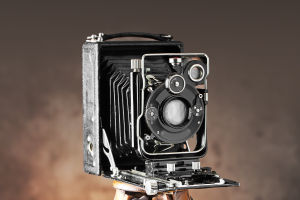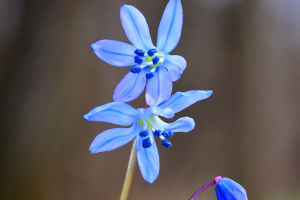Welcome, Lykkers! China's journey through the centuries reveals an intricate relationship between appearance, social order, and philosophical beliefs.
From the earliest signs of self-care to sophisticated beauty rituals, fashion and grooming in China have reflected not only personal aesthetics but also values tied to balance, harmony, and identity. Here's an engaging overview of how styles and standards have changed across the millennia.
Ancient Beginnings: Beauty as Harmony
Roots in Philosophy and Science
In early Chinese society, beauty was closely connected to well-being. Practices combined botanical knowledge, dermatological care, and principles of mental balance.
Influences from early Taoist thinking promoted a holistic view where physical appearance was linked to inner health. Techniques such as herbal skincare and targeted stimulation of the body through methods like massage and needle therapy were common.
Early Adornments and Protection
Even during the Paleolithic period, communities used natural materials—such as colored stones, flowers, roots, and animal textiles—for decoration and skin protection. These items weren’t just aesthetic; they had functional uses against sun damage and dryness. In the Zhoukoudian caves, not far from present-day Beijing, ornamental beads and red-dyed items reveal the significance of appearance in early times.
Zhou Dynasty (12th - 3rd Century BCE)
Structured Dress Codes
As society became more stratified, dress and grooming started reflecting rank. Rules were set for various classes. For example, nail polish—first used in China—was crafted from egg whites, beeswax, plant dyes, and gelatin, with different colors signifying different social positions.
Refined Personal Care
During this era, personal hygiene practices became more ritualized. Washing hands multiple times daily, regular bathing, and hair care became standard expectations. Eyebrow grooming was popular, and women would often reshape and color them.
Han Dynasty (206 BCE – 220 CE)
Harmony and Daily Routines
A more formal approach to daily grooming emerged during this influential period. The introduction of the hanfu—a traditional garment with layered robes—reflected the era’s values. Lip coloring in teardrop shapes and delicate lash styling were fashionable among women.
Formal Upbringing and Appearance
Young girls were often raised in secluded environments, taught etiquette and self-presentation from an early age. Expectations around marriage shaped how they prepared themselves, both socially and in terms of appearance.
Tang Dynasty (618 – 907)
The Golden Age of Artistic Expression
This vibrant period was marked by prosperity and flourishing arts. Silk garments with flowing lines defined elite fashion. Court dancers wore delicately embroidered outfits, while others dressed in simple attire, fastened with cloth belts.
Ornamentation and Elegance
Hair was worn long by all genders. Women styled theirs with decorative pins, and men tied it in a topknot. Jade accessories—symbols of purity and wisdom—were common. Instead of perfume, small sachets filled with fragrant herbs were used to scent the skin.
From Song to Qing Dynasty (907 – 1911)
Cosmetic Innovations and Social Status
Powdered makeup, rice-based blush, and other cosmetics became more widespread in the Song era. A controversial practice known as “lotus foot” emerged, involving tightly binding the feet from a young age.
This painful tradition was seen as a sign of refinement and elegance, especially among wealthier circles.
Changing Ideals and Artistic Depictions
The use of woodblock printing allowed the spread of grooming techniques and beauty ideals. Paintings from the time, particularly those by Su Hanchen, often featured women in serene, domestic scenes—reflecting values of grace and delicacy.
Qing Dynasty (1644 – 1911)
Final Chapter of Imperial Aesthetics
The Qing era marked the end of dynastic rule and promoted a stylized, slender beauty ideal. Women were portrayed as gentle and poised, removed from daily responsibilities. Silk gowns, flowing robes, and minimal accessories underlined a preference for elegance without excess.
Legacy of Grace
This period saw women’s fashion shift toward lighter fabrics and structured silhouettes, with hair and facial features groomed to project composure and subtle charm.
Conclusion: A Journey Through Time
From ancient herbal balms to refined silks and stylized cosmetics, China’s approach to beauty and fashion reflects a deep cultural appreciation for harmony, discipline, and artistry.
Each period, with its unique trends and practices, contributes to the tapestry of Chinese identity—an aesthetic heritage still admired and reimagined today. Lykkers, the next time you see a hanfu dress or a jade accessory, you’ll know it carries centuries of meaning.


